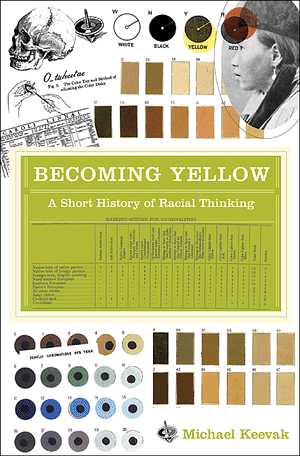Blending togetherPosted in Articles, Campus Life, Census/Demographics, Identity Development/Psychology, Media Archive, United States on 2011-05-05 22:07Z by Steven |
The Stanford Daily
Stanford University
2011-05-05
Ashley Menzies
These students are part of the growing country-wide phenomenon of individuals who identify themselves as “mixed race.” The number of people who check both the black and white boxes has increased by 134 percent to 1.8 million since the 2000 census, the first time it allowed such an option. Among American children, the multiracial population has increased nearly 50 percent to 4.2 million since 2000.
“The growth of this population is clearly a trend that will surely increase every decade into the 21st century,” wrote history professor Al Camarillo in an email to The Daily.
At Stanford, this rise in the mixed-race population may finally create a multicultural community in which mixed-race students feel they can belong.
Multiracial associations have in recent years been popping up on college campuses all around the country. These organizations aim to promote multicultural awareness and provide students with a safe environment to discuss multiracial issues. Many Stanford students were surprised that an organization for mixed-race students does not exist on campus…
…Assistant professor of English Vaughn Rasberry also observed a change in norms concerning racial identity. In Rasberry’s opinion, the increase of individuals in America identifying themselves as mixed race is not just the result of a sociological trend, but “also registers some dissatisfaction with conventional racial or ethnic categories.”…
Read the entire article here.
